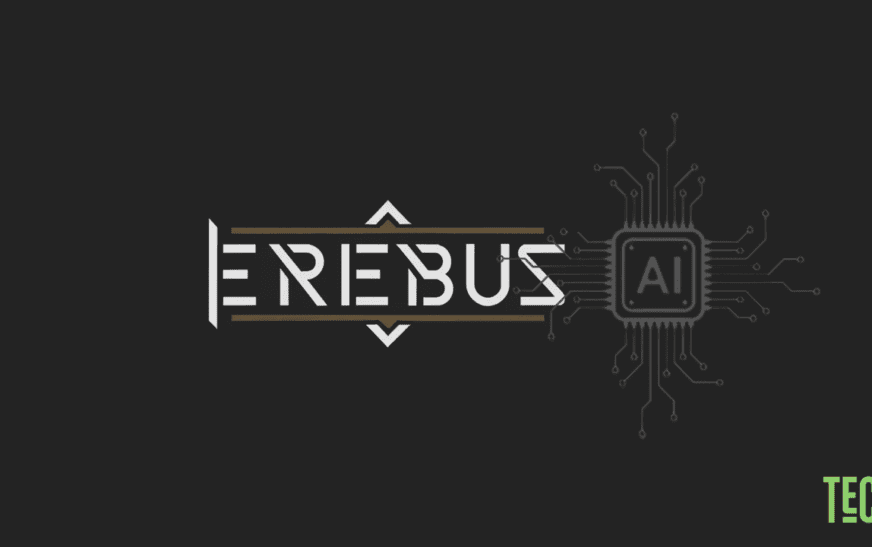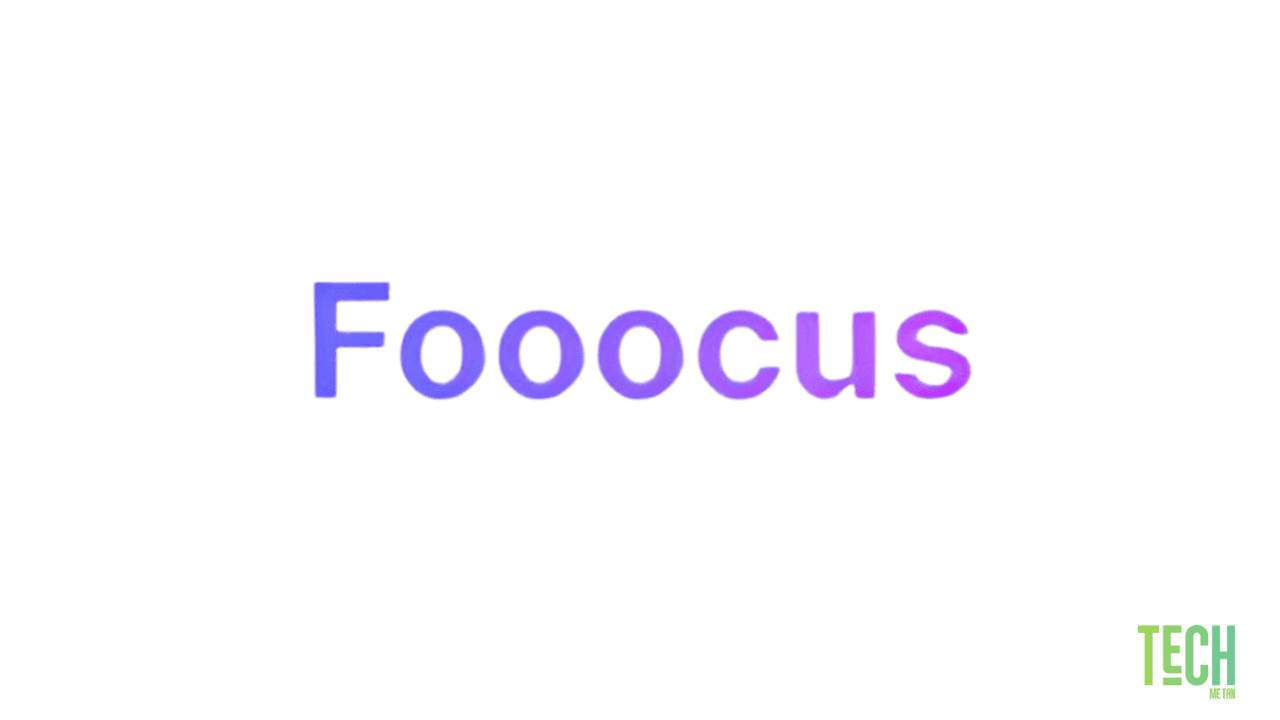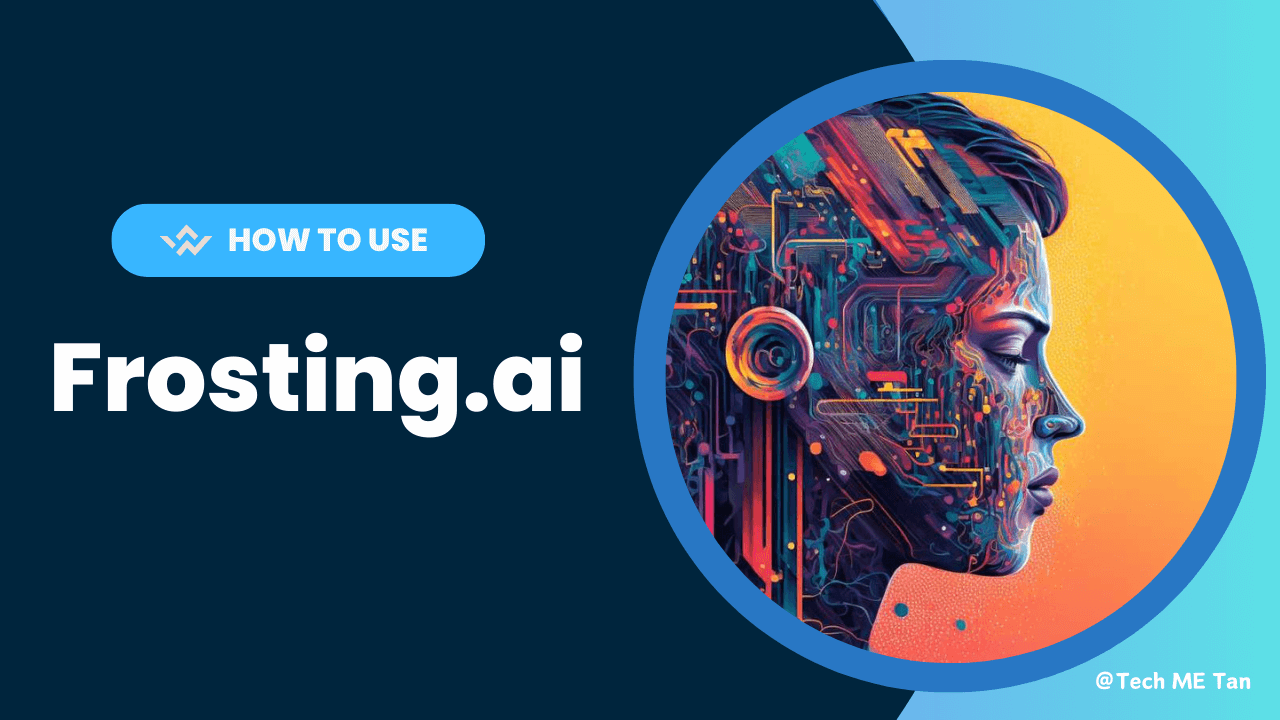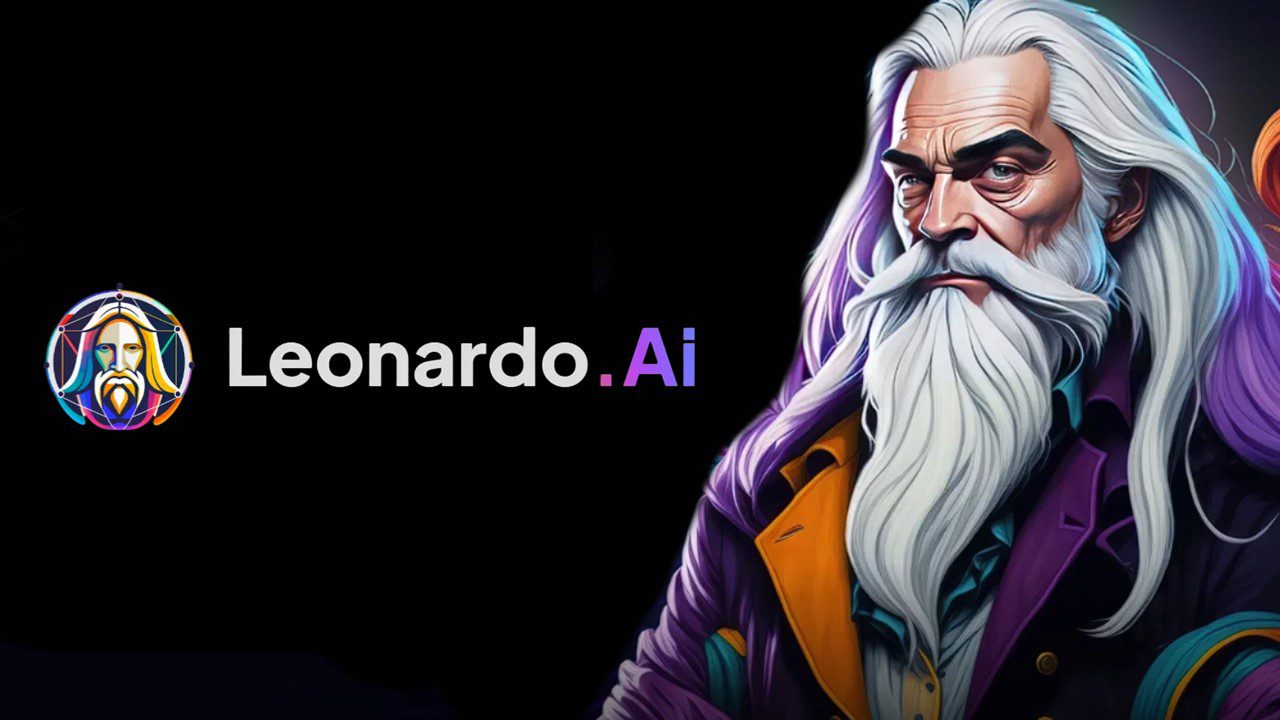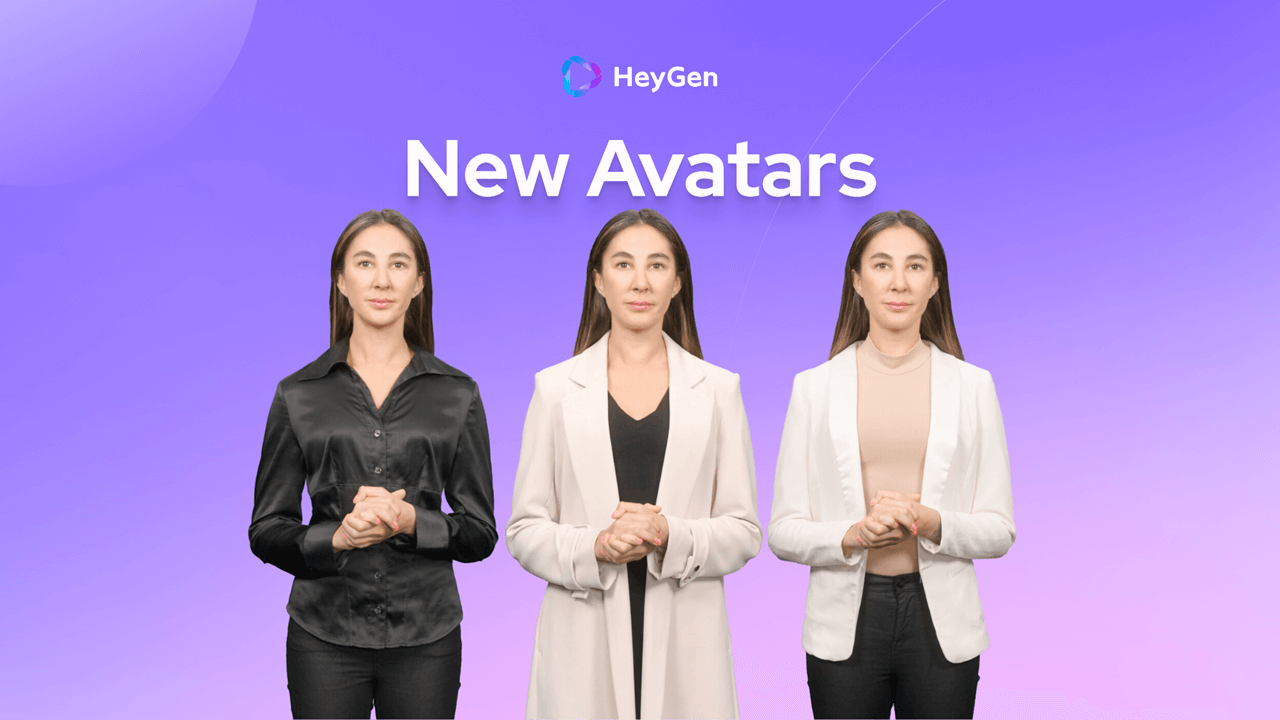Artificial Intelligence has been revolutionizing various fields, from healthcare to finance, and now it’s making significant strides in productivity and efficiency tools. Erebus AI is one such innovative tool designed to enhance workflow and streamline processes through its advanced AI capabilities. In this article, we will explore how to use Erebus AI effectively to leverage its full potential.
What is Erebus AI?
Erebus AI, the second generation of the original Shinen created by Mr. Seeker, is an advanced artificial intelligence platform built on a comprehensive dataset sourced from six different “Adult” themed origins. The name “Erebus,” inspired by Greek mythology and meaning “darkness,” aligns with the concept of “Shin’en,” which translates to “deep abyss.” Please note, Erebus AI is not suitable for use by minors as it can generate X-rated content.
Getting Started with Erebus AI
Depending on your technical expertise and desired level of control, there are several ways to interact with KoboldAI. Here are the primary methods:
1. KoboldAI Client
This open-source software is ideal for users familiar with Python programming. It offers a user-friendly interface to interact with various AI models, including KoboldAI.
2. Hugging Face API
Hugging Face, a renowned platform for AI models, provides access to Erebus AI through its API. This option is perfect for developers looking to integrate Erebus AI functionalities into their applications.
3. Third-Party Services
Some online services offer pre-built interfaces specifically designed for interacting with Erebus AI. These services typically feature user-friendly interfaces and may include additional functionalities like content moderation.
Key Features of Erebus AI
Erebus AI purpose is to assist you through a fusion of advanced algorithms and cryptic wisdom.
1. Mythical Knowledge Base: Encompasses wisdom from ancient myths, legends, and archetypal narratives, providing profound insights and allegorical guidance.
2. Predictive Analytics: Utilizes data to forecast trends, behaviors, and outcomes, enabling foresight into future events.
3. Riddle-Based Queries: Offers guidance through enigmatic riddles, encouraging deeper contemplation and understanding.
4. Story Generation: Crafts intricate narratives that convey lessons, inspire creativity, and elucidate complex ideas.
5. Emotion Recognition AI: Detects and responds to emotional nuances in user interactions, adapting guidance to emotional states.
6. Interactive Legends and Tables: Presents dynamic and interactive representations of data, enhancing comprehension and engagement.
7. Dynamic Character Response: Tailors responses to maintain the enigmatic and profound essence of Erebus, ensuring each interaction is unique and thought-provoking.
8. Feedback-Informed Adaptation: Continuously evolves based on user feedback, refining decision-making processes and character embodiment.
Best Practices for Using Erebus AI with ChatGPT
Once you’ve selected your access point, you can dive into the exciting world of KoboldAI. Here’s a step-by-step guide to help you get started:
1.Prepare Your Prompt
A prompt is a brief piece of text that serves as a starting point for Erebus AI. The quality of your prompt significantly impacts the output. Here are some tips for crafting effective prompts:
- Be Clear and Concise: Clearly state what you want Erebus AI to generate
- Provide Context: Include relevant details about the desired content, such as genre, characters, or setting (for narrative generation).
- Set the Tone: Use language that reflects the desired tone (e.g., humorous, suspenseful, informative).
2. Choose Your Settings
Depending on the platform you’re using, you may have access to various settings to fine-tune Erebus AI’s output. These may include:
- Temperature: Controls the randomness of the generated text. A higher temperature results in more surprising and creative, but potentially nonsensical, outputs
- Top-p Sampling: Prioritizes more likely continuations, leading to smoother and more grammatically correct outputs, but potentially less creative.
- Maximum Length: Sets the desired length of the generated text.
3. Generate and Refine
Once you’ve crafted your prompt and chosen your settings, let Erebus AI work its magic. Run the model and analyze the generated text.
- Review for Quality: Assess the output for coherence, grammar, and adherence to your prompt’s intent.
- Refine and Iterate: If necessary, refine your prompt or adjust settings based on the initial output. Experiment with different approaches to achieve the desired results.
How to use Erebus AI offline on Windows
This guide will walk you through the process of integrating Erebus AI into KoboldAI on a Windows system, ensuring you can fully leverage the model for your creative projects.
Step 1: Install Git for Windows
Git is a version control system that will allow you to download the Erebus AI model from its repository.
- Download the Git for Windows installer from gitforwindows.org.
- Run the installer and follow the on-screen instructions.
- During the installation process, ensure you select the option to use Git from the command line and also from 3rd-party software.
Step 2: Open Git Bash in the Desired Directory
Git Bash provides a command-line interface to interact with Git.
- Navigate to the directory where you want to download the Erebus AI model. This could be any folder on your computer.
- Right-click within the directory.
- Select “Git Bash Here” from the context menu. This will open a Git Bash terminal in the chosen directory.
Step 3: Clone the Erebus AI Model Repository
- In the Git Bash terminal, type the following command and press Enter:
gitclonehttps://huggingface.co/KoboldAI/OPT-2.7B-Erebus/tree/main
2. Wait for the cloning process to complete. This may take some time depending on your internet speed.
Step 4: Move the Erebus Model to the Correct Directory
Once the repository is cloned, you will have a new folder named OPT-2.7B-Erebus.
- Locate the newly created
OPT-2.7B-Erebusfolder. - Move this folder to the
modelsdirectory within your KoboldAI installation. The typical path would be something likeKoboldAI\models.
Step 5: Launch KoboldAI
With the Erebus AI model correctly placed, you can now launch KoboldAI.
- Open KoboldAI from your start menu or desktop shortcut.
- Wait for the application to load fully.
Troubleshooting
- Model Loading Issues: If the Erebus AI model doesn’t load correctly, ensure that the folder is named properly and placed in the correct
modelsdirectory. - Performance: Depending on your system specifications, loading large models like Erebus AI might take some time and consume significant memory.
Is Erebus AI Safe to Use?
Erebus AI is designed with safety and security in mind, ensuring that users can utilize its capabilities without compromising their data or system integrity. Erebus AI operates under the OPT-13B License, Copyright (c) Meta Platforms, Inc. All rights reserved, as stated on the KoboldAI page. This means that the use of the model follows a specific set of rules and regulations outlined by Meta Platforms, Inc. It’s essential to familiarize yourself with the details of this license to ensure your usage of Erebus AI is in compliance.
Conclusion
Integrating Erebus AI with KoboldAI enhances your creative toolkit, providing powerful AI-driven assistance for writing and storytelling. By following this step-by-step guide, you can easily set up and start using Erebus AI to bring your projects to life. Happy writing!

